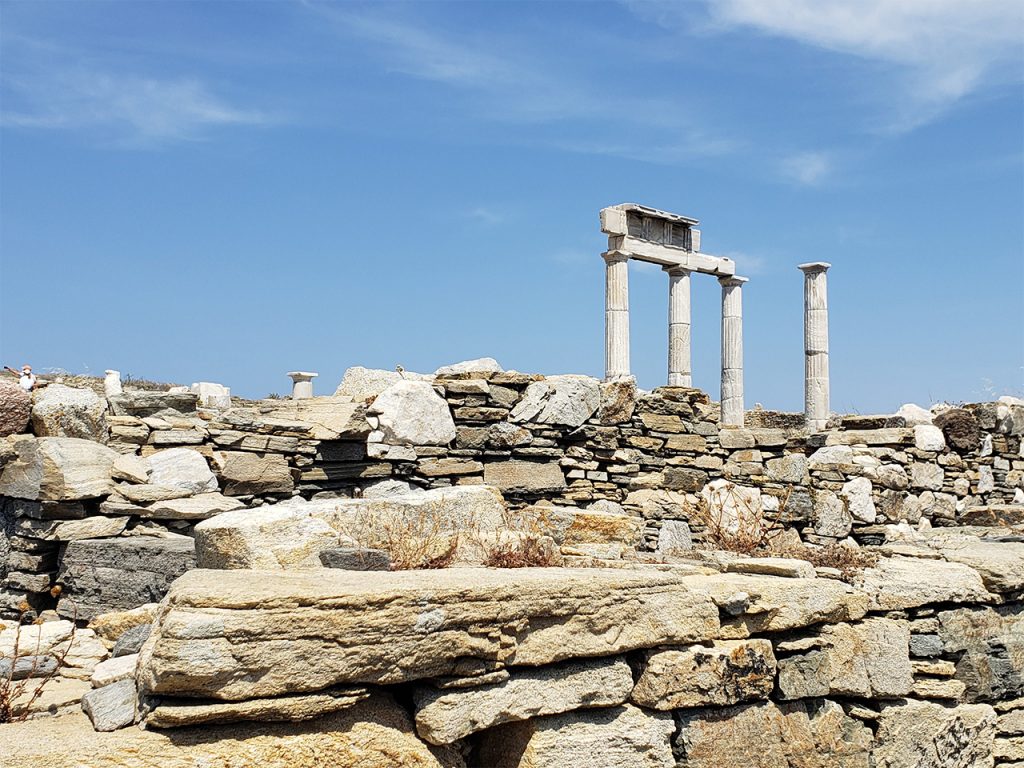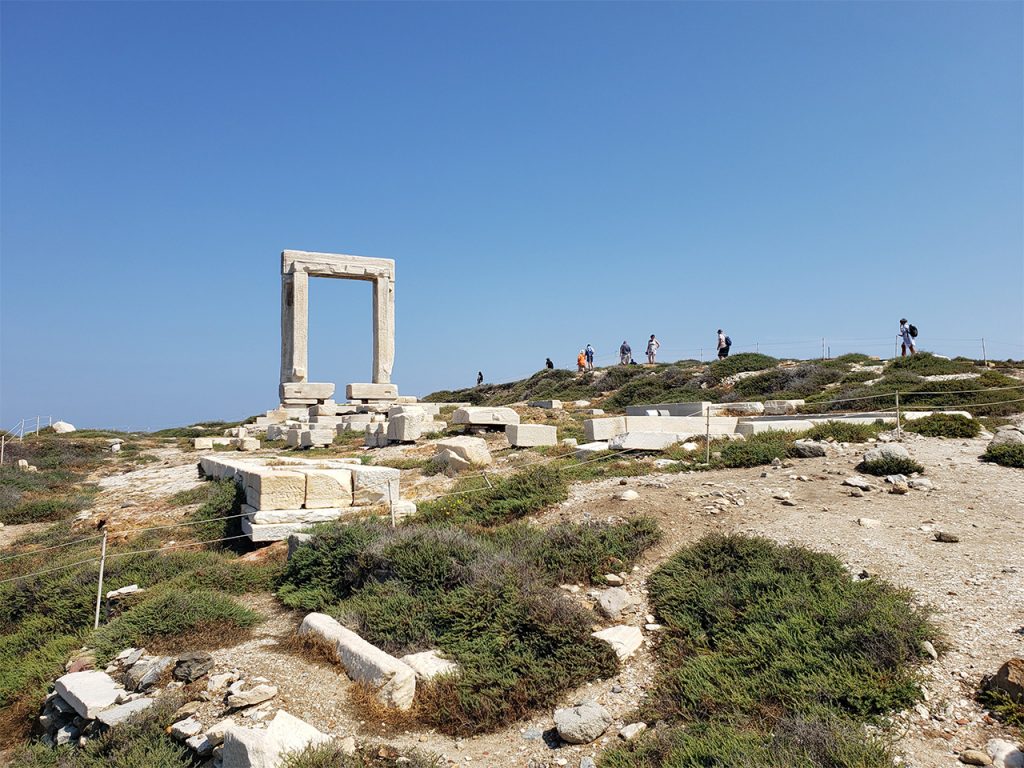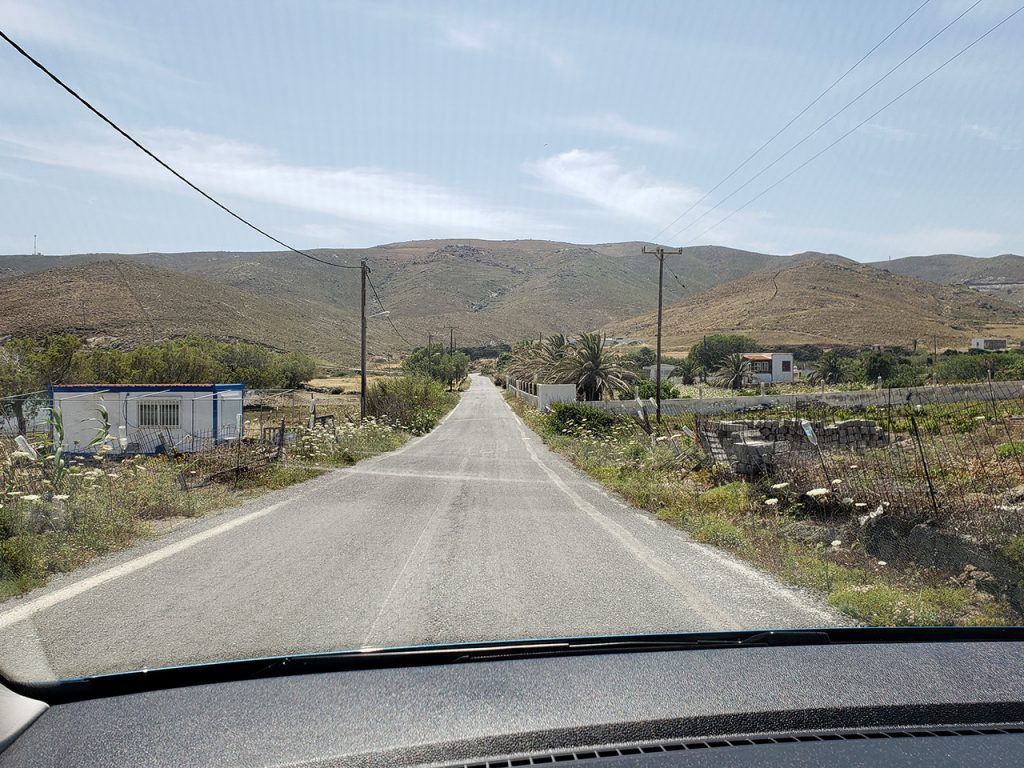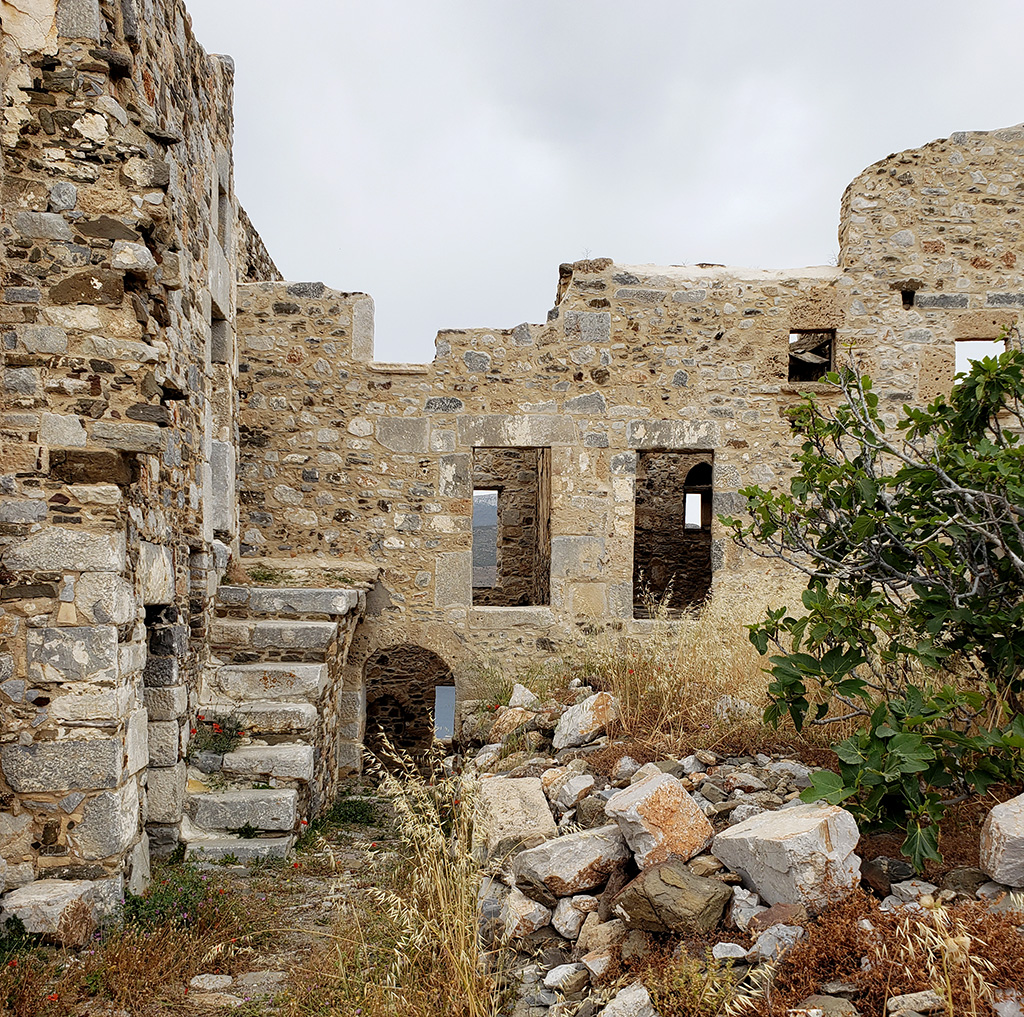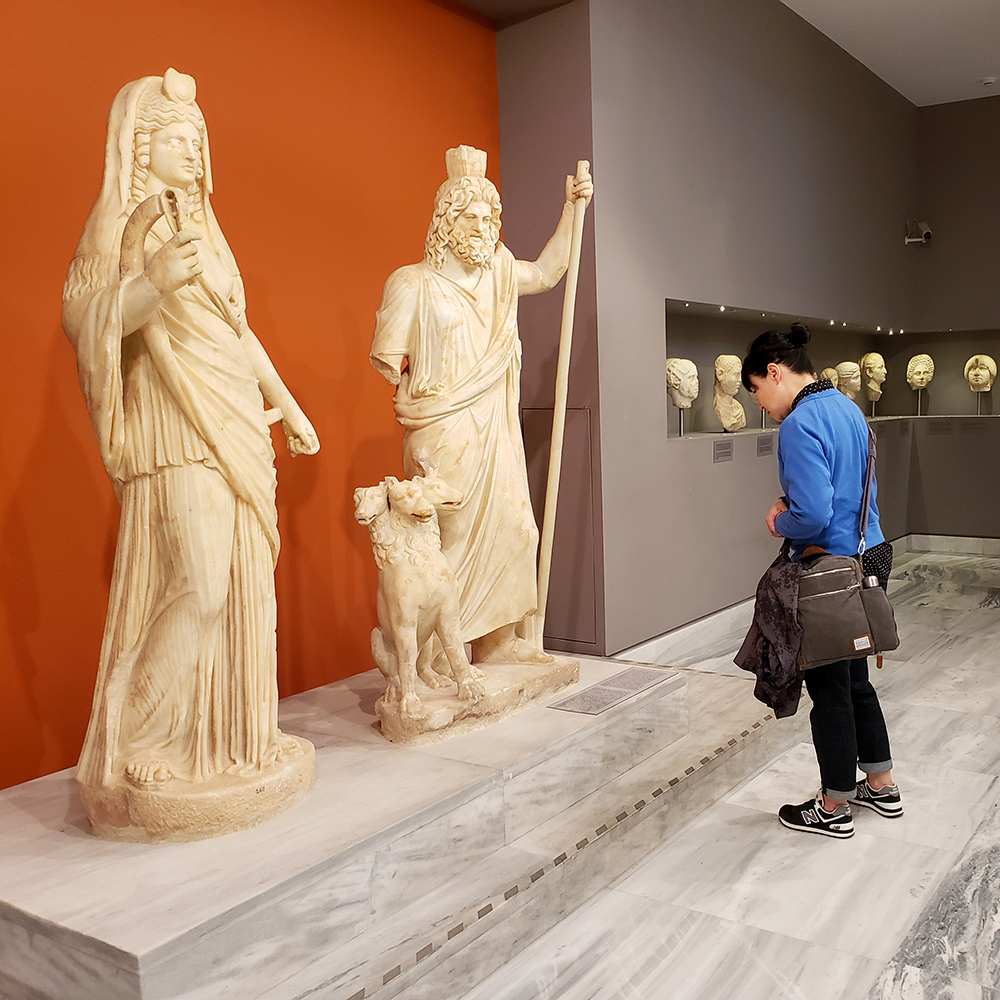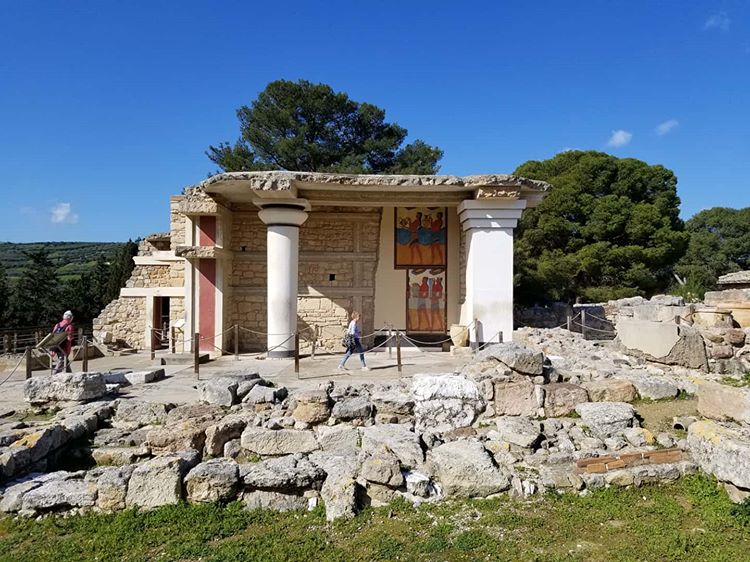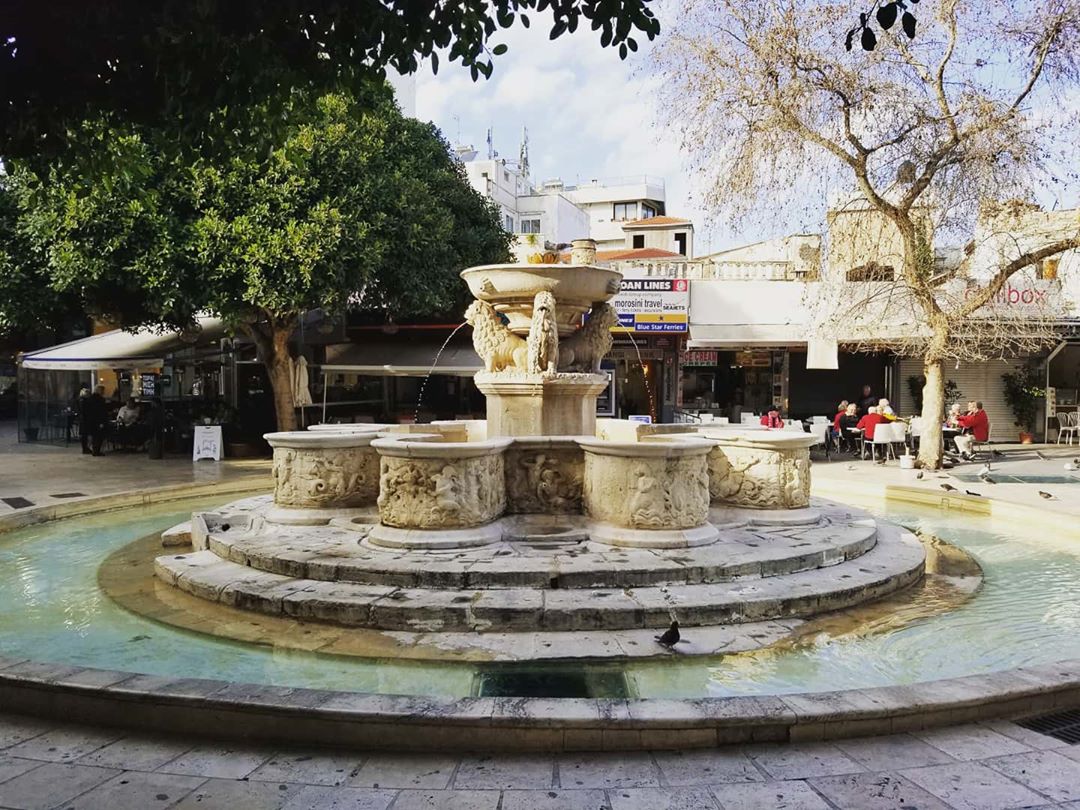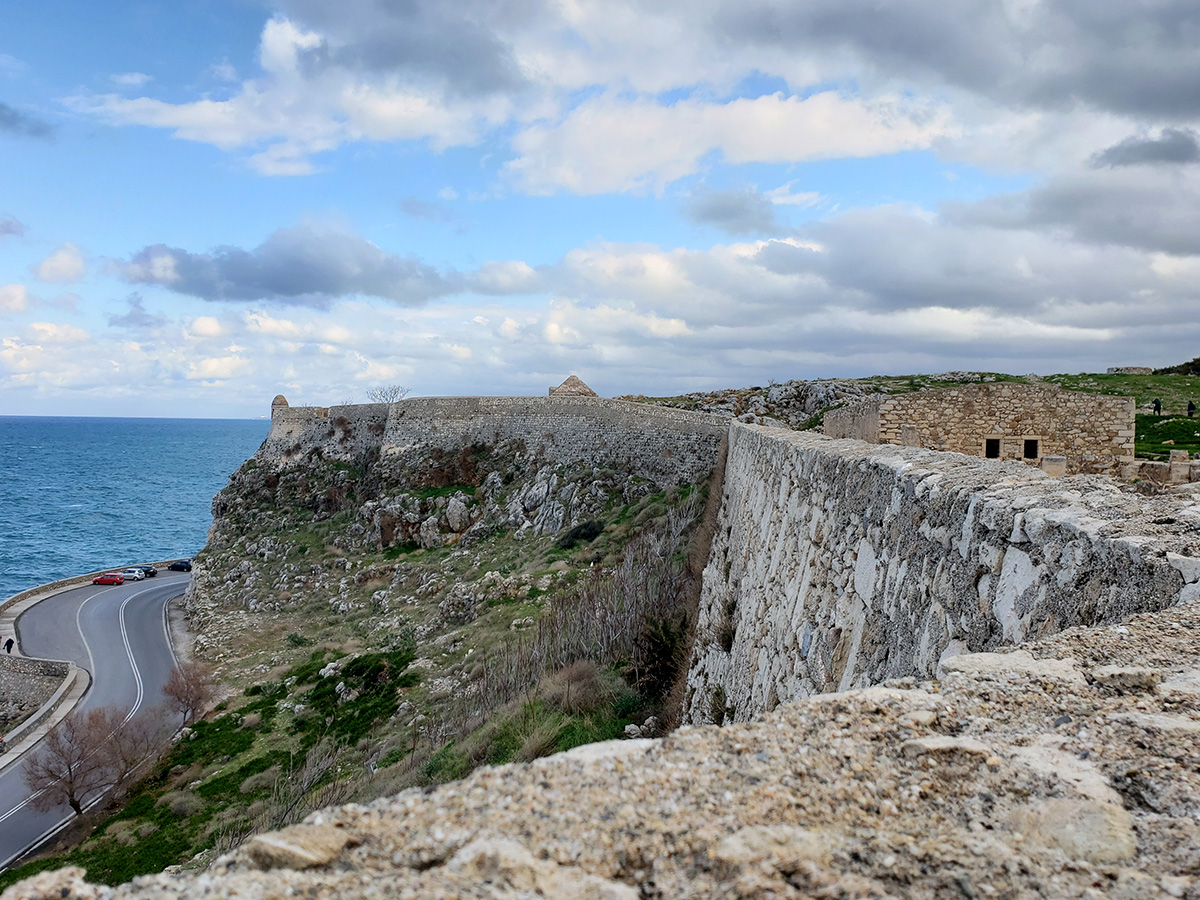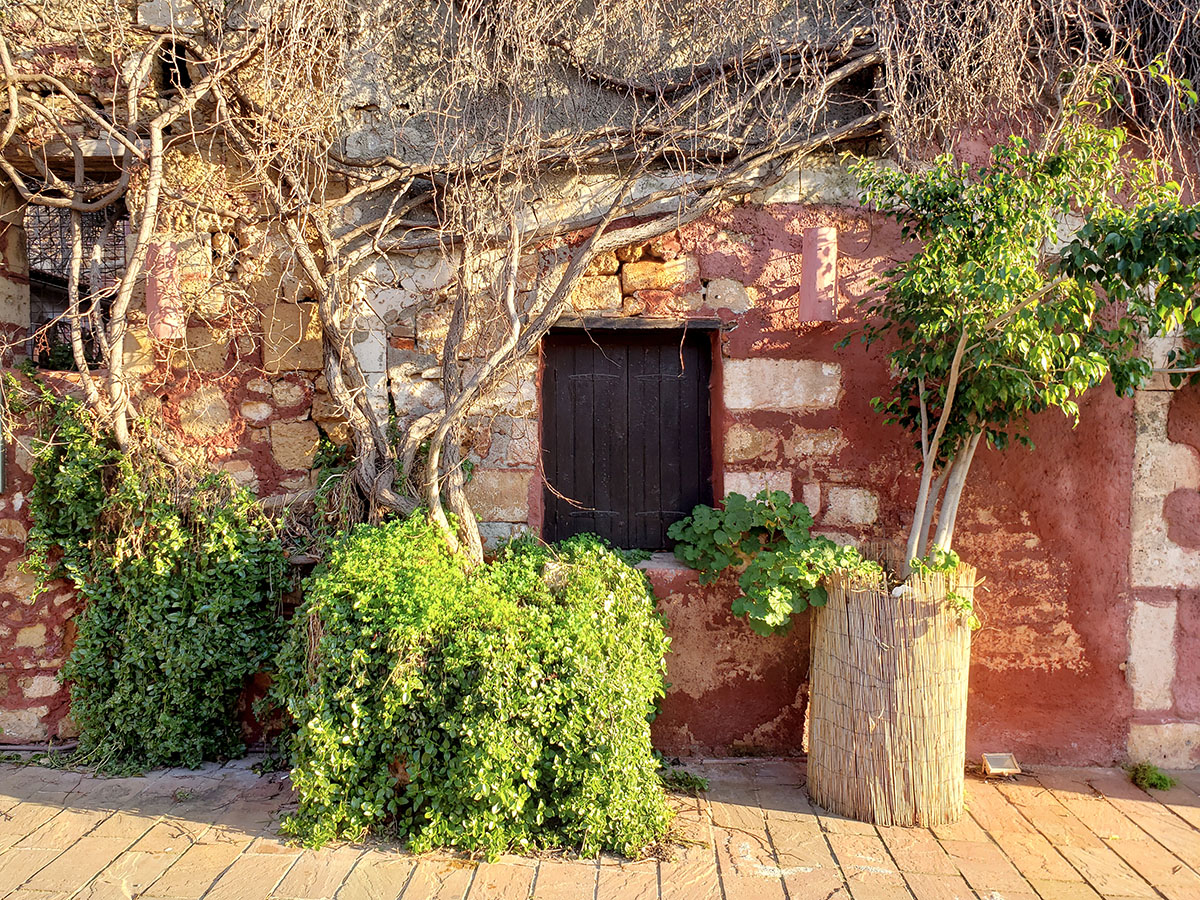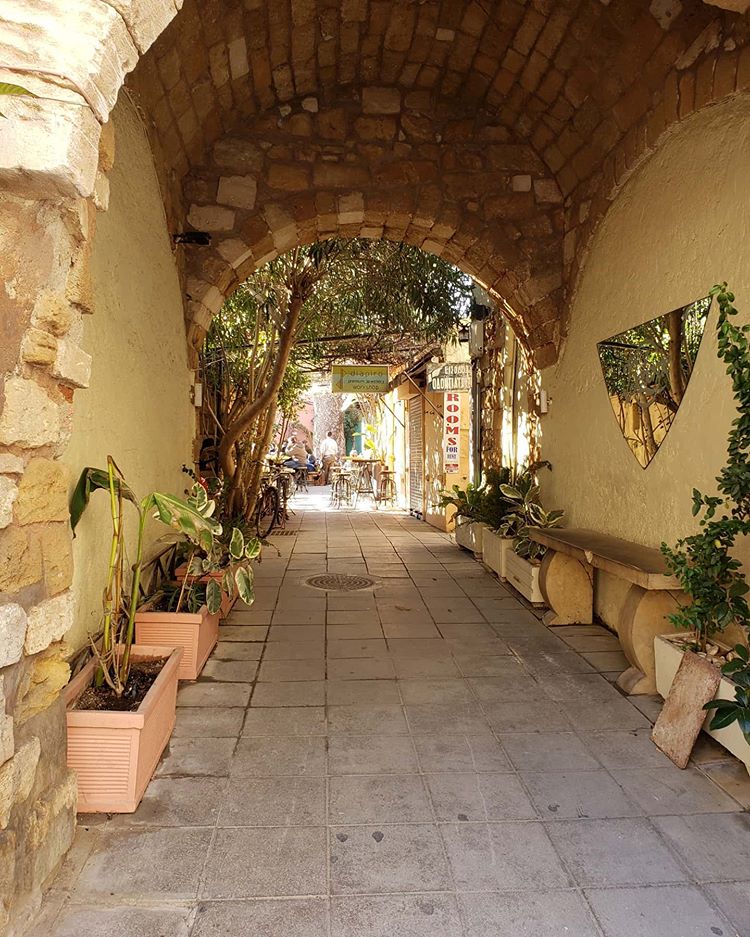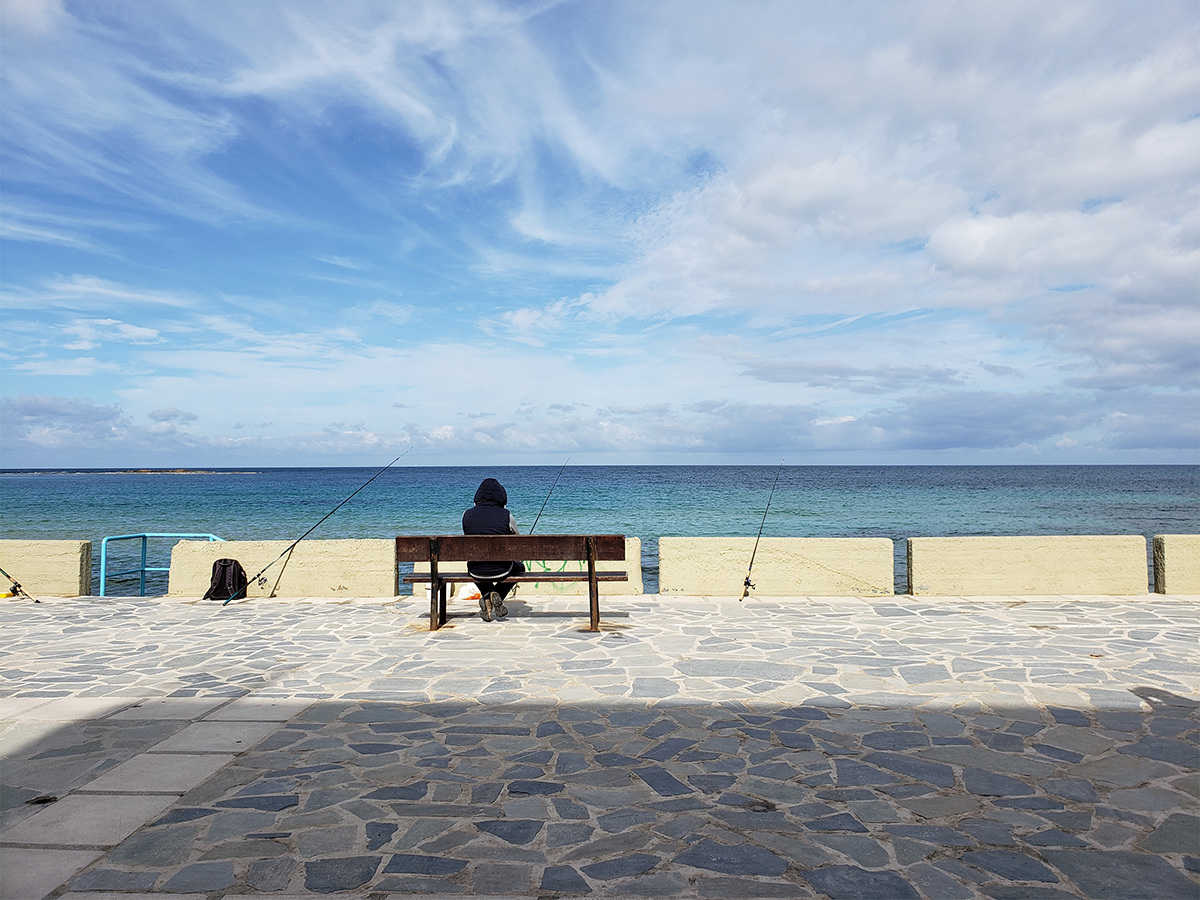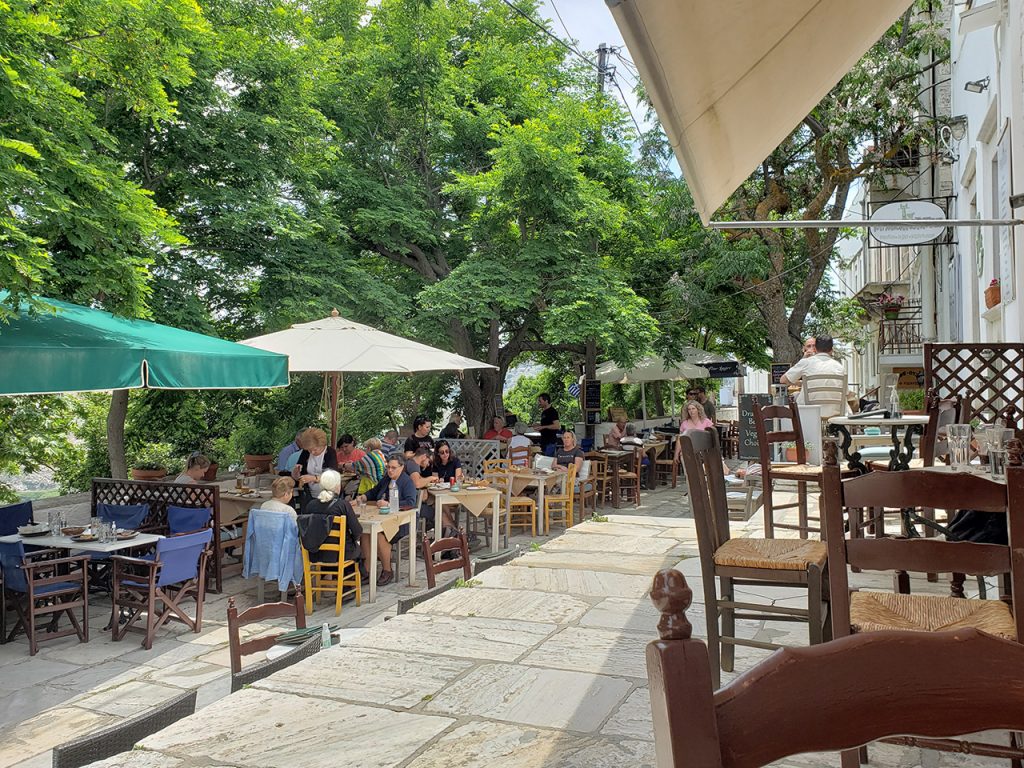
We wanted to see the interior of Naxos beyond the main port town, and luckily the island has an excellent public bus service that operates under the KTEL umbrella, like the buses we took in Crete a few years ago. We had our choice of pretty mountain towns to visit — Chalki and Filoti almost made the cut — but we settled on Apeiranthos.
Read the full post »